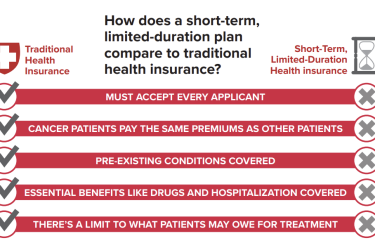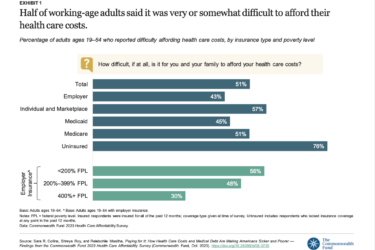When the federal and state exchanges opened for business on Oct. 1, 2013, health care journalists found a trove of stories worth reporting on the cost of health insurance.
But they also found that simply reporting on the premiums that consumers paid was only part of the story. Consumers also had to pay deductibles at each metal level (bronze, silver, gold and platinum) and these payments varied widely.
Reporters also found that the federal subsidies for the poor added a layer of complexity to their reporting that made covering the actual cost of health insurance to be difficult and confusing.
Recognizing these failings, reporters at Crain’s Chicago Business decided to dig deeper to offer their readers a more nuanced picture of what they might actually pay for each metal level by year end. Similarly, reporters for the St. Paul Pioneer Press and its parent company Digital First Media uncovered disparities in how the subsidies were working and so they too dug deeper to report on these issues. By going well beyond the cost of premiums alone, the resulting stories offer a more accurate picture of what consumers actually pay. And each story affords health care journalists plenty of ideas about how they can offer deeper coverage of the health insurance cost issue.


When the exchanges opened, for example, Kristen Schorsch and Andrew L. Wang, reporters for Crain’s Chicago Business, saw there was plenty of coverage of premium costs. But they recognized that the true cost of one year of health insurance coverage also included the deductible and co-insurance payments, which together total the out-of-pocket maximum each year. They also know that there were other variables that make reporting on the cost of insurance difficult, including how each consumer uses the health care system and the fact that premiums can vary in each state’s various rating areas. You can see their story here, and you can read about how they did it here.

In Minnesota, MaryJo Webster, a senior data reporter for Digital First Media, and Christopher Snowbeck, a health care reporter for the St. Paul Pioneer Press, did a similar analysis of costs. But they were attempting to answer different questions. When covering what Minnesotans were paying in premiums under the Affordable Care Act, Webster and Snowbeck found disparities among what ACA enrollees were paying in three markets: the Twin Cities, Rochester, Minn., and nearby western Wisconsin.

The different rates prompted them to ask if such disparities existed throughout the entire United States. But they also wanted to know if consumers in the Twin Cities who had low premiums but little chance of getting federal tax credits were getting a better deal than consumers in the higher-cost places who were benefiting from the subsidies.
To get the answers, they spent four months gathering the rates for the premiums sold on 15 state insurance exchanges and the federal health insurance exchange. Then, they calculated the estimated tax credits at key income levels for every age in each of 501 rating areas. You can read their story here and an explanation of how they did it here.
The way Schorsch and Wang and Webster and Snowbeck used data to tell their stories is impressive, and the resulting articles serve as highly useful guides for consumers. In addition, they serve as templates for health care reporters trying to cover a complex and data-rich story. In so doing, they are shedding light on a topic that is confusing to many Americans.









